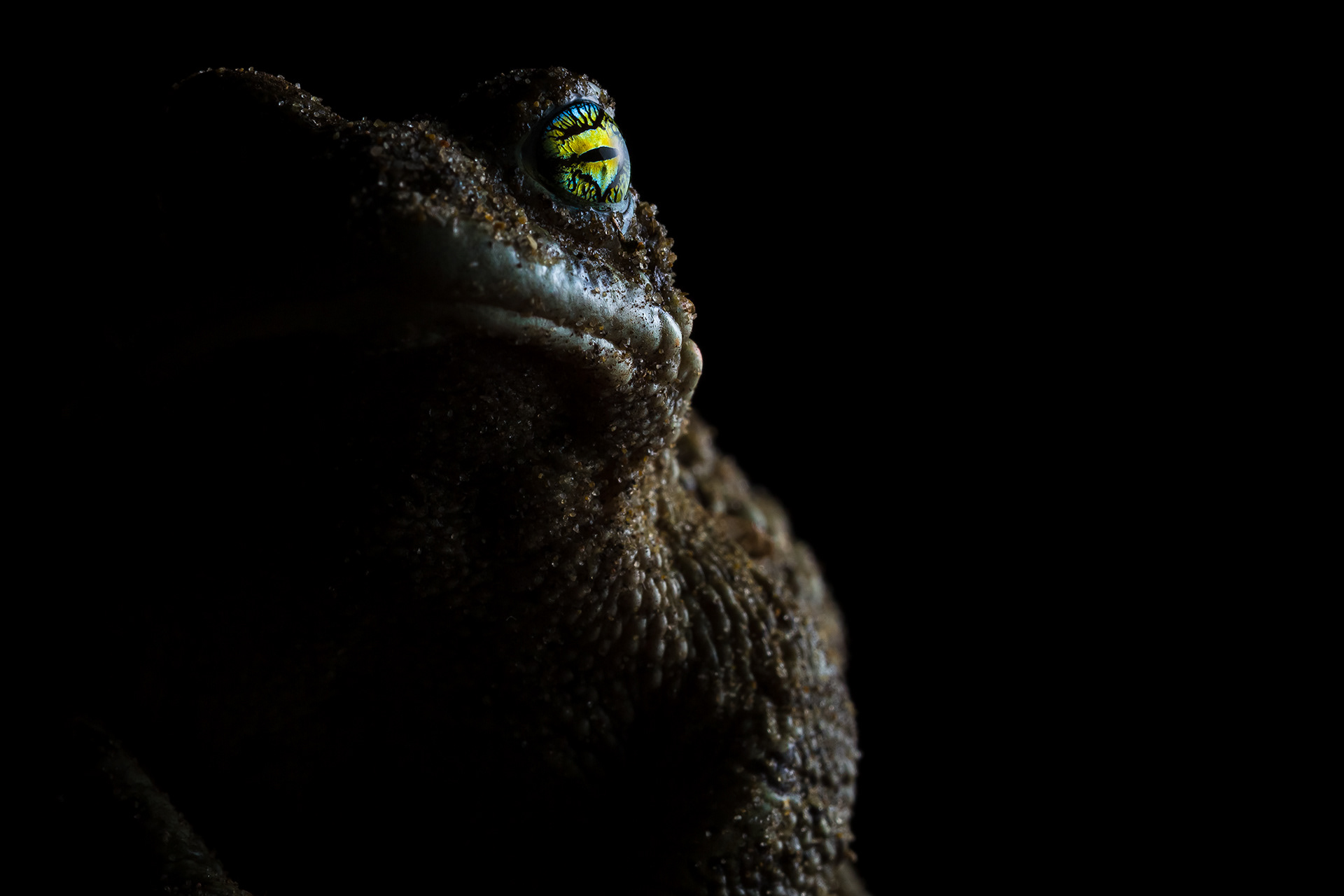outlaw
Uzvišen
- Učlanjen(a)
- 11.01.2002
- Poruke
- 6,213
- Poena
- 2,525
Moja oprema
- CPU & Cooler
- AMD Ryzen™ 7 5700X w/ AMD Wraith Prism LED RGB Cooler
- Matična ploča
- MSI B450 Tomahawk Max
- RAM
- 16GB (2x8) DDR4 3200MHz A-DATA AX4U32008G16A-ST50 XPG
- GPU
- GeForce RTX™ 3070 Ti GAMING OC 8G
- Storage
- ADATA XPG SX8200 Pro NVMe SSD 512GB M.2 2280 PCIe & WD Red Plus WD40EFPX 4TB CMR
- Zvuk
- Creative Sound Blaster Z
- PSU
- BeQuiet Pure Power 12M 750W ATX 3.0
- Kućište
- NZXT H5 Flow w/ 4x Arctic P12 PWM PST A-RGB 0dB & 2x Arctic P14 PWM PST A-RGB 0dB circus
- Monitor
- Samsung SyncMaster 2443BW 24" 1920x1200
- Miš & tastatura
- Logitech G502 Hero & Logitech K740 Illuminated Keyboard
- Mobilni telefon
- Samsung Galaxy S24 Ultra
- Pametni uređaji
- Samsung Galaxy Watch4 Classic 42mm
GoPro HERO12 Black
- Pristup internetu
- Kablovski internet

Tarantula killed by parasitic fungi in the rainforest near the Tambopata River, Peru (March 2022). The “zombie fungus” has become famous because of the popular videogames and TV show The Last of Us.
During my stay at Fauna Forever and Wilderness International (feel free to follow), I went on numerous night hikes, and this discovery was among the most spectacular, thanks to the sharp eyes of Chris Ketola.
In the Amazon, insects and spiders are often hijacked by parasitic fungi that control their every move. This particular tarantula fell victim to a mind-controlling fungus known as Tarantula cordyceps (Cordyceps caloceroides). The fungus infects spiders through spores that attach to and penetrate the body, gradually taking control of the host’s behavior.
As the infection progresses, the “mind-controlled” spider is compelled to move to a microclimate favorable for the fungus’s growth. Meanwhile, the fungus feeds on the spider’s innards until the final stage of its life cycle. At this point, the spider moves to a specific location where it dies slowly.
Several days after the spider dies, the fungus’s fruiting bodies, or mushrooms, emerge from its shriveled corpse, turning it into a launchpad from which the spores can spread. These spores travel widely and infect new spiders.
This photo made it into the top 10 of its category in the Nature Photographer Of The Year contest and was nominated for the People’s Choice Award. Unfortunately, the photo didn’t get enough votes to be awarded. I want to congratulate all the awarded photographers!
© 2024 Ronald Zimmerman. All rights reserved.

 ronaldzimmerman.myportfolio.com
ronaldzimmerman.myportfolio.com
During my stay at Fauna Forever and Wilderness International (feel free to follow), I went on numerous night hikes, and this discovery was among the most spectacular, thanks to the sharp eyes of Chris Ketola.
In the Amazon, insects and spiders are often hijacked by parasitic fungi that control their every move. This particular tarantula fell victim to a mind-controlling fungus known as Tarantula cordyceps (Cordyceps caloceroides). The fungus infects spiders through spores that attach to and penetrate the body, gradually taking control of the host’s behavior.
As the infection progresses, the “mind-controlled” spider is compelled to move to a microclimate favorable for the fungus’s growth. Meanwhile, the fungus feeds on the spider’s innards until the final stage of its life cycle. At this point, the spider moves to a specific location where it dies slowly.
Several days after the spider dies, the fungus’s fruiting bodies, or mushrooms, emerge from its shriveled corpse, turning it into a launchpad from which the spores can spread. These spores travel widely and infect new spiders.
This photo made it into the top 10 of its category in the Nature Photographer Of The Year contest and was nominated for the People’s Choice Award. Unfortunately, the photo didn’t get enough votes to be awarded. I want to congratulate all the awarded photographers!
© 2024 Ronald Zimmerman. All rights reserved.

Ronald Zimmerman - Wildlife Photographer
 ronaldzimmerman.myportfolio.com
ronaldzimmerman.myportfolio.com






























